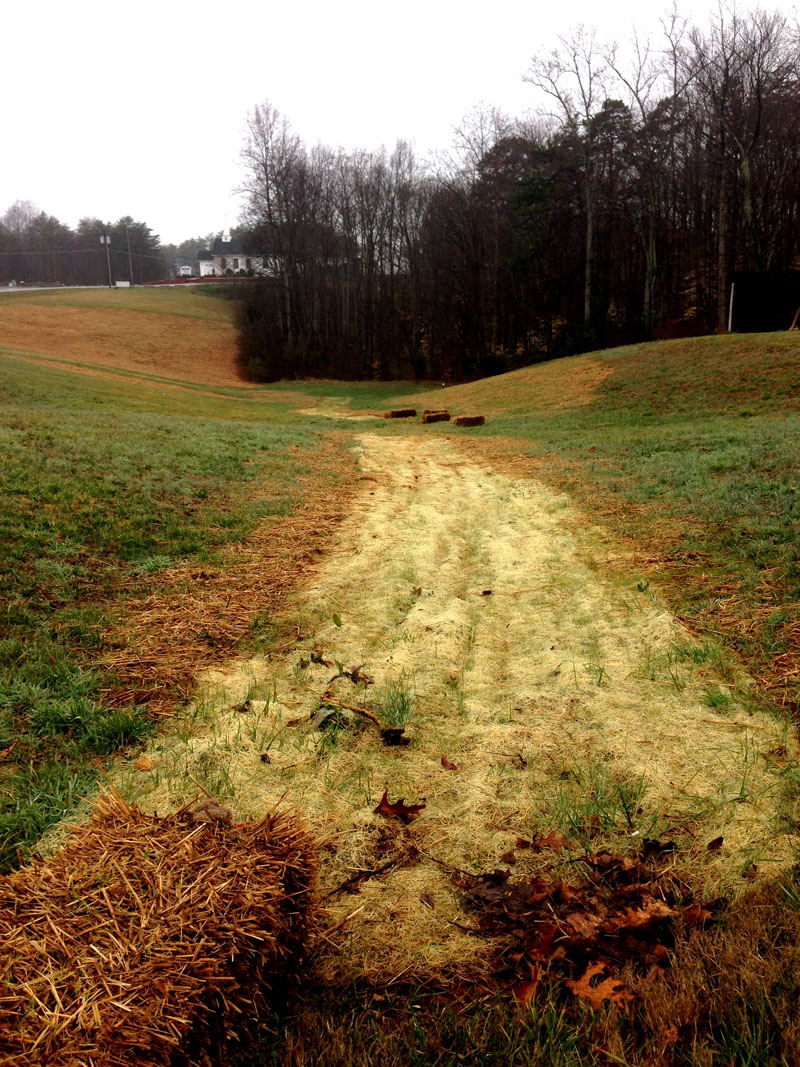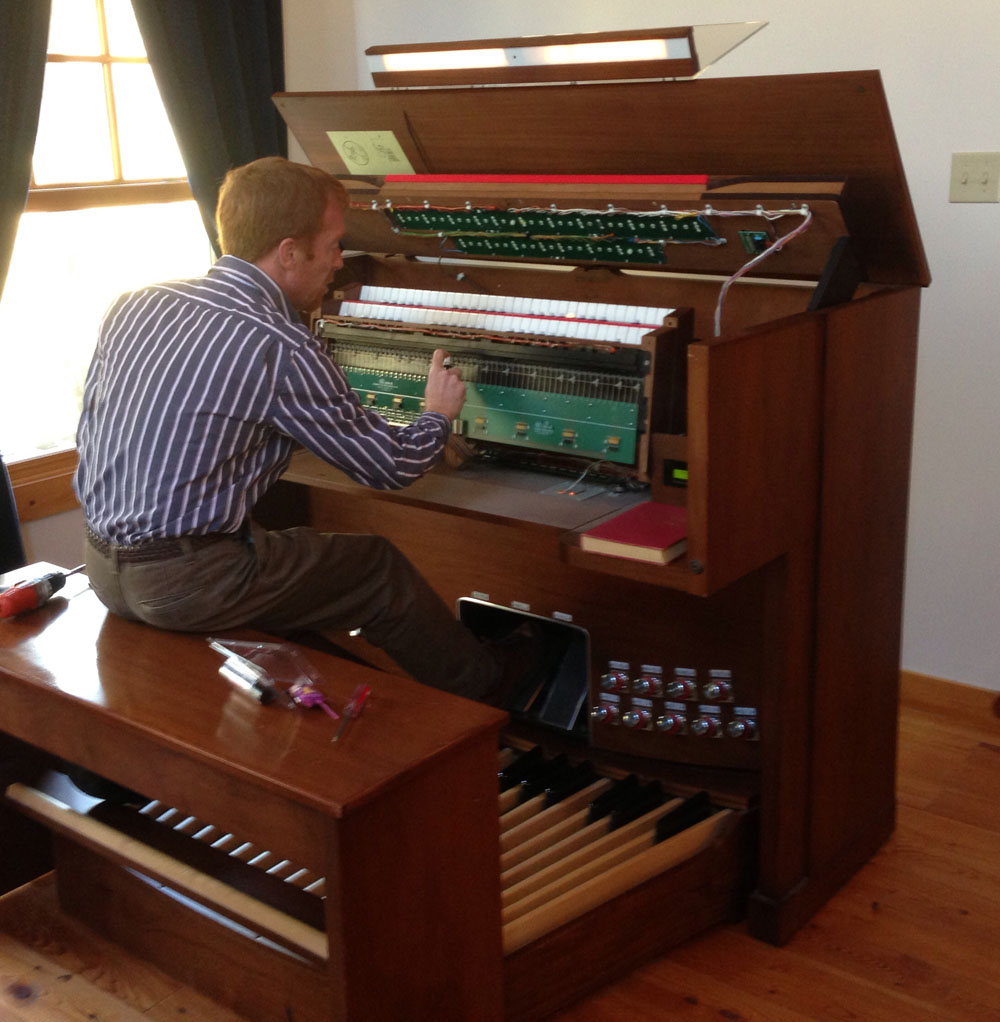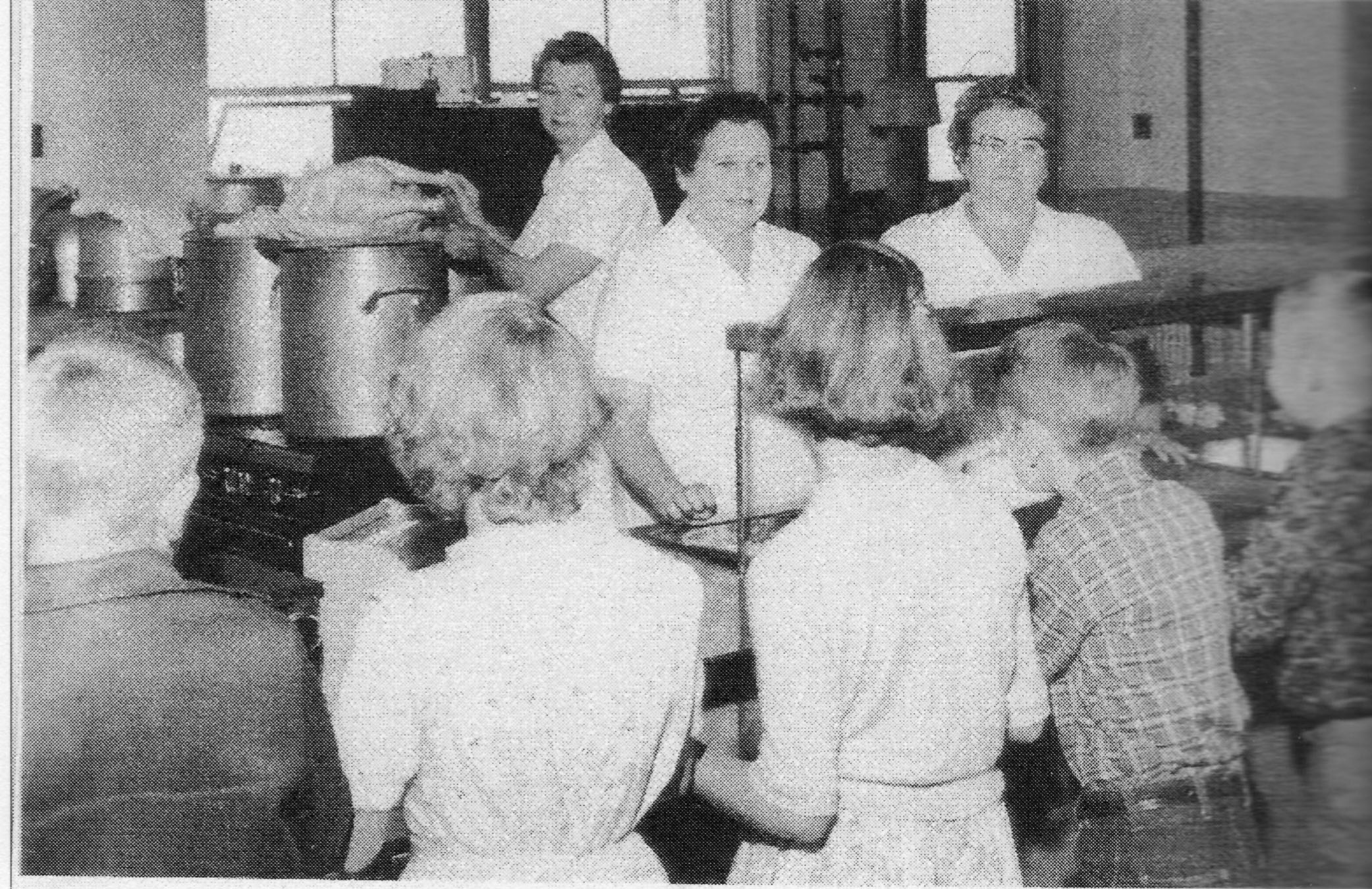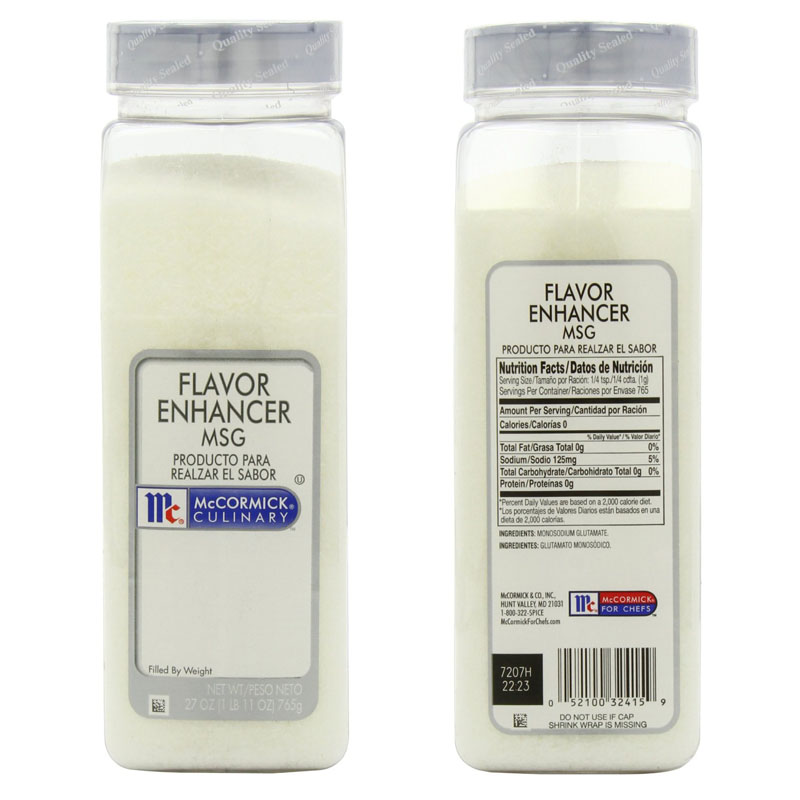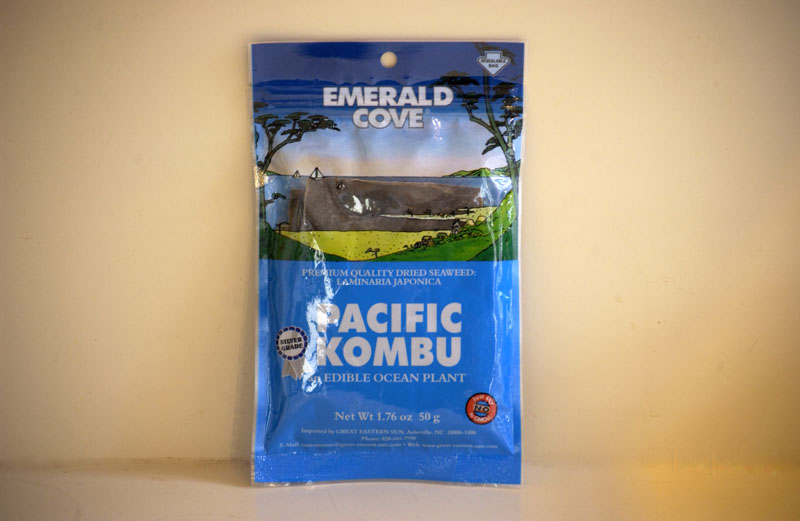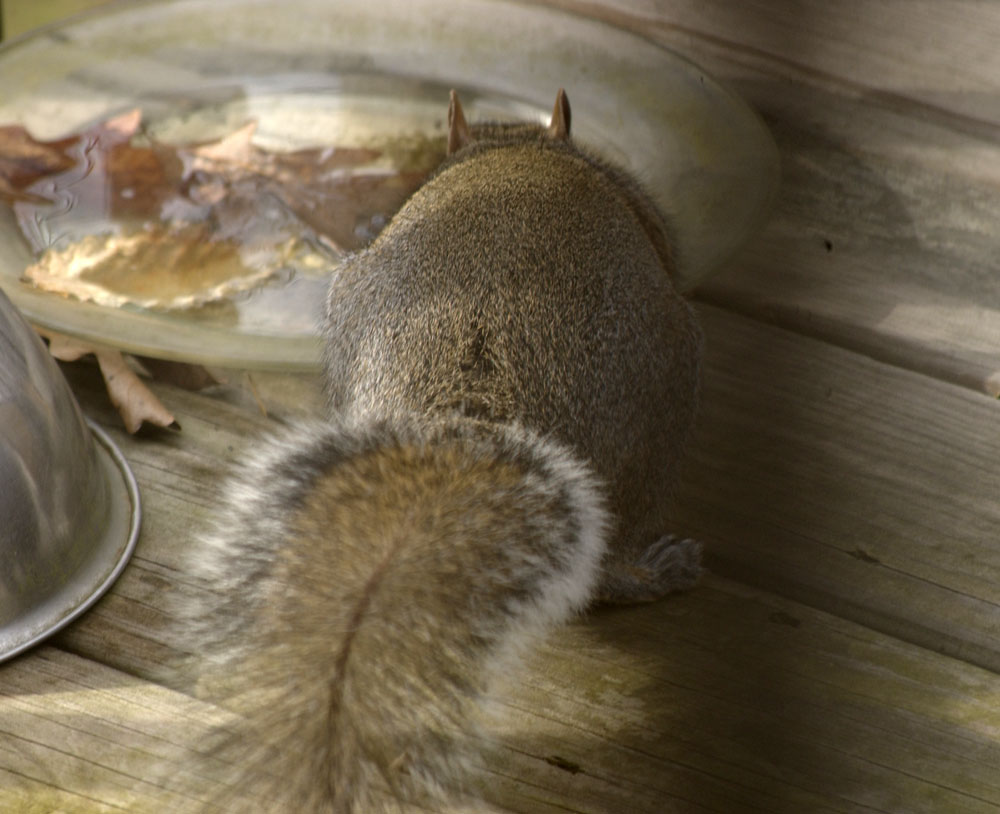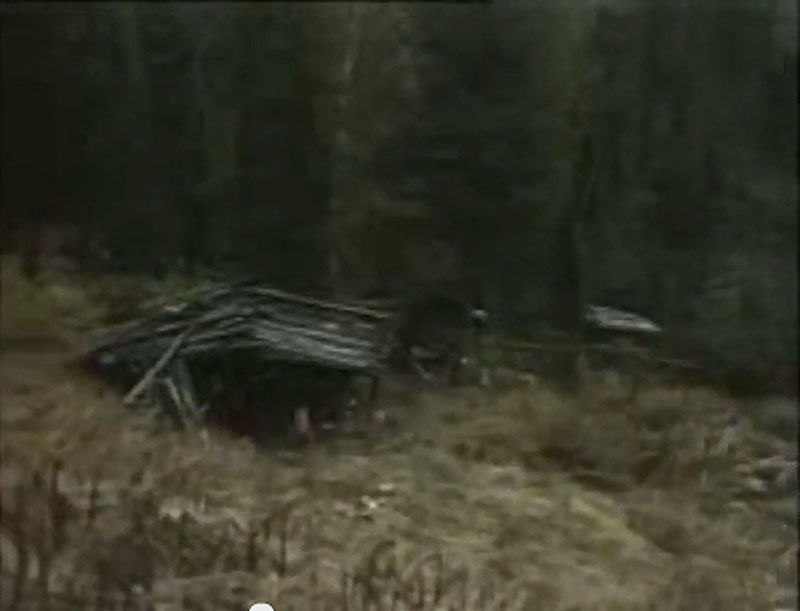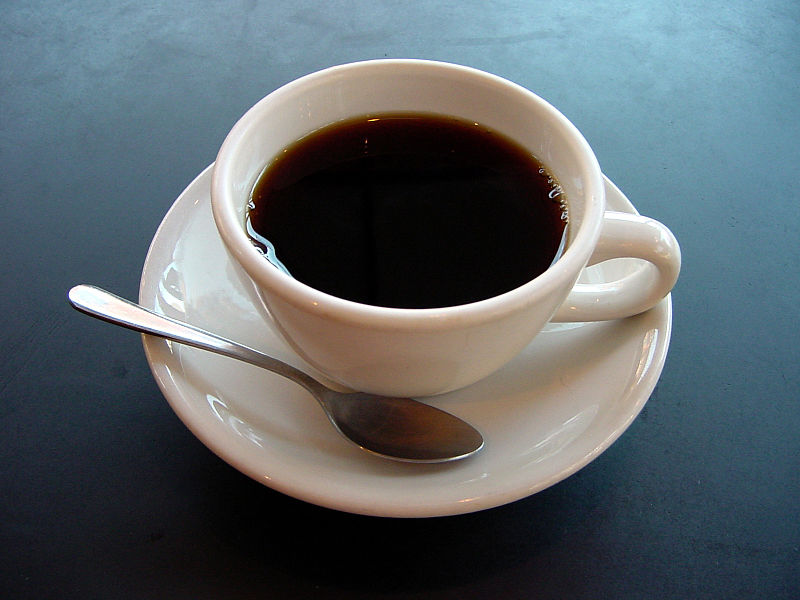
Wikipedia: Note the color. Note the small, heavy china cup.
Finally, someone who can be considered authoritative on the subject of coffee says it: black-roasted coffee is wrong, and disgusting.
Let me hasten to add that it’s also wrong of me to refer to someone being authoritative on coffee, because that’s part of the problem. It ought to be self-evident whether coffee is good, without our needing to know what the authorities think. Then we would just take a sip, spit it out, and know that over-roasted coffee is terrible, that coffee drunk from paper cups is terrible, that milk (as opposed to cream) in coffee is terrible, and so on. But I fear that people get their attitudes about coffee in two basic ways. They either like and drink what everybody drinks in their local culture (like the pale, dreadful stump water swill that is drunk around here). Or, aspiring to a higher (or at least more costly) level, they think that the black-roasted stuff sold in places like Starbucks is good. It’s supposed to be fancy, so it’s got to be good, right? Wrong.
Though I have experimented with cheap coffee, to try to keep the coffee bill down, I end up back at Whole Foods. But even Whole Foods doesn’t get it and goes with the fads. Most of the coffees they sell have been roasted black, burnt to a crisp. They dropped one of the two medium roast coffees they’d carried, the one I happened to buy. I had to talk nice to (and try not to talk down to) the coffee captain to get her to start carrying it again. I made a point of saying that all the rest of this stuff is roasted black and has been turned to charcoal. I’m sure she thought I was an alien, or a hick. Doesn’t everybody know that black-roast coffee is all the rage these days?
Starbucks? I won’t drink that stuff. It tastes like charcoal, and you can only get it in paper cups. I was horrified when I first learned that in a Starbucks you don’t even have the option of a china cup. I had been spoiled by the San Francisco coffee houses.
One more rant about coffee, then I’ll shut up and stop trying to be a coffee authority. Throw out your automatic coffee maker if the decanter sits on a hotplate. I don’t understand the fetish for coffee that is boiling, scaldingly hot. It’s too hot to taste (maybe that’s the point). After coffee is brewed, if it is heated from the bottom it blackens in the pot. Or, to say it another way, heat your water, but never heat your coffee. I brew mine by slowly pouring hot water from a kettle into a simple filter cone, from which it drips into a Thermos-type coffee decanter. Then sit down and stay sitting. Relax. Don’t go anywhere. The only other acts you are allowed to indulge in while having your coffee is reading, or talking with someone whom you like to talk with. Drink your coffee out of a heavy china cup or mug that holds no more than 6 or 7 ounces. Then pour another cupful. If you possess a mug that holds more than 6 or 7 ounces, smash it. Don’t give it to Goodwill; that will just keep it in circulation.
There. I got that off my chest. Now go smash your coffee mug and start searching eBay for a decent coffee cup. Institutional cups, the kind they used to use in hotels and restaurants before the big-mug era started, work great. If you buy coffee in bulk, as I do, smell the beans. The scent should be rich and bursting with coffee flavor. If you smell any hints of charcoal or ashes, look elsewhere.

